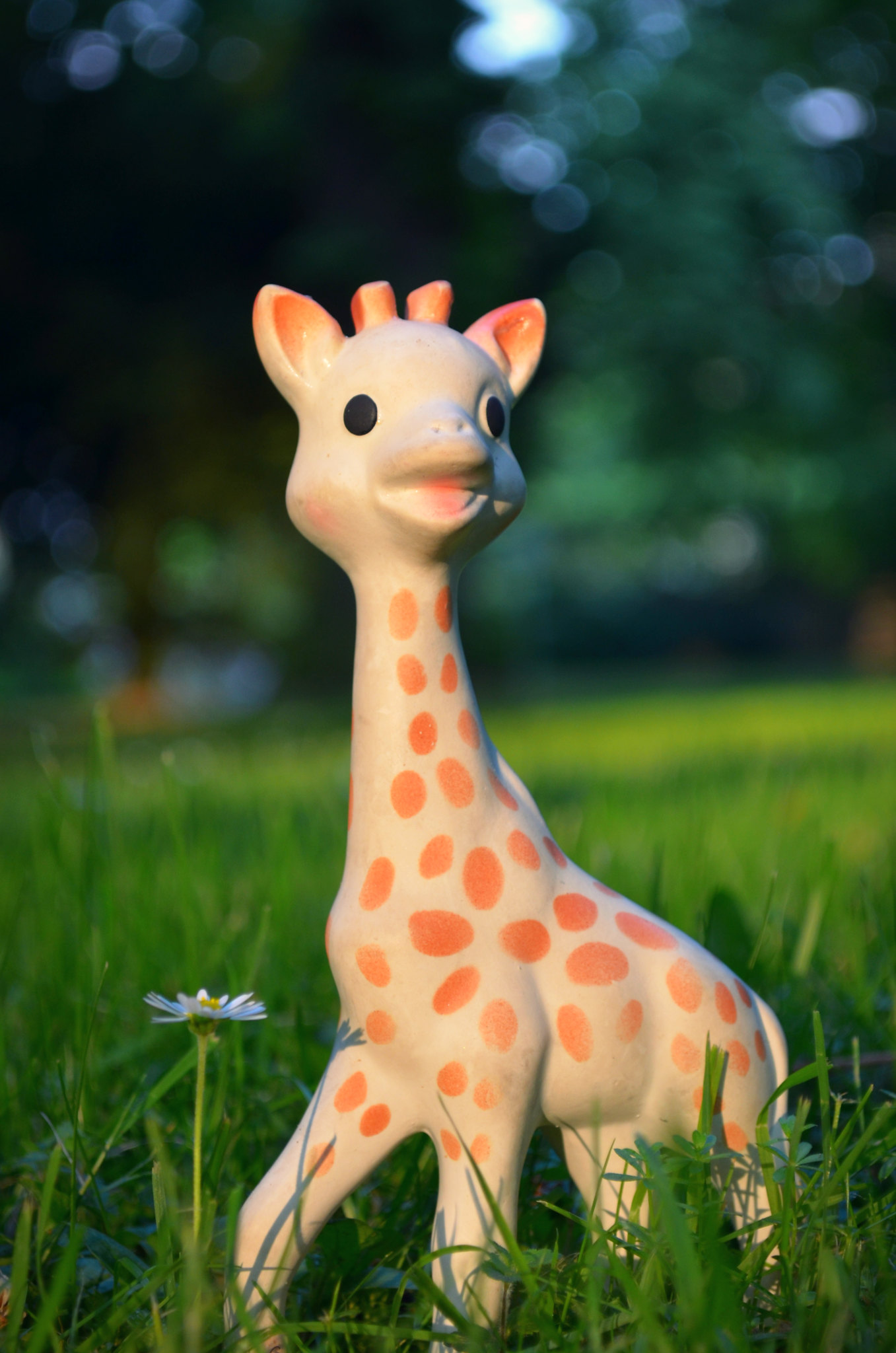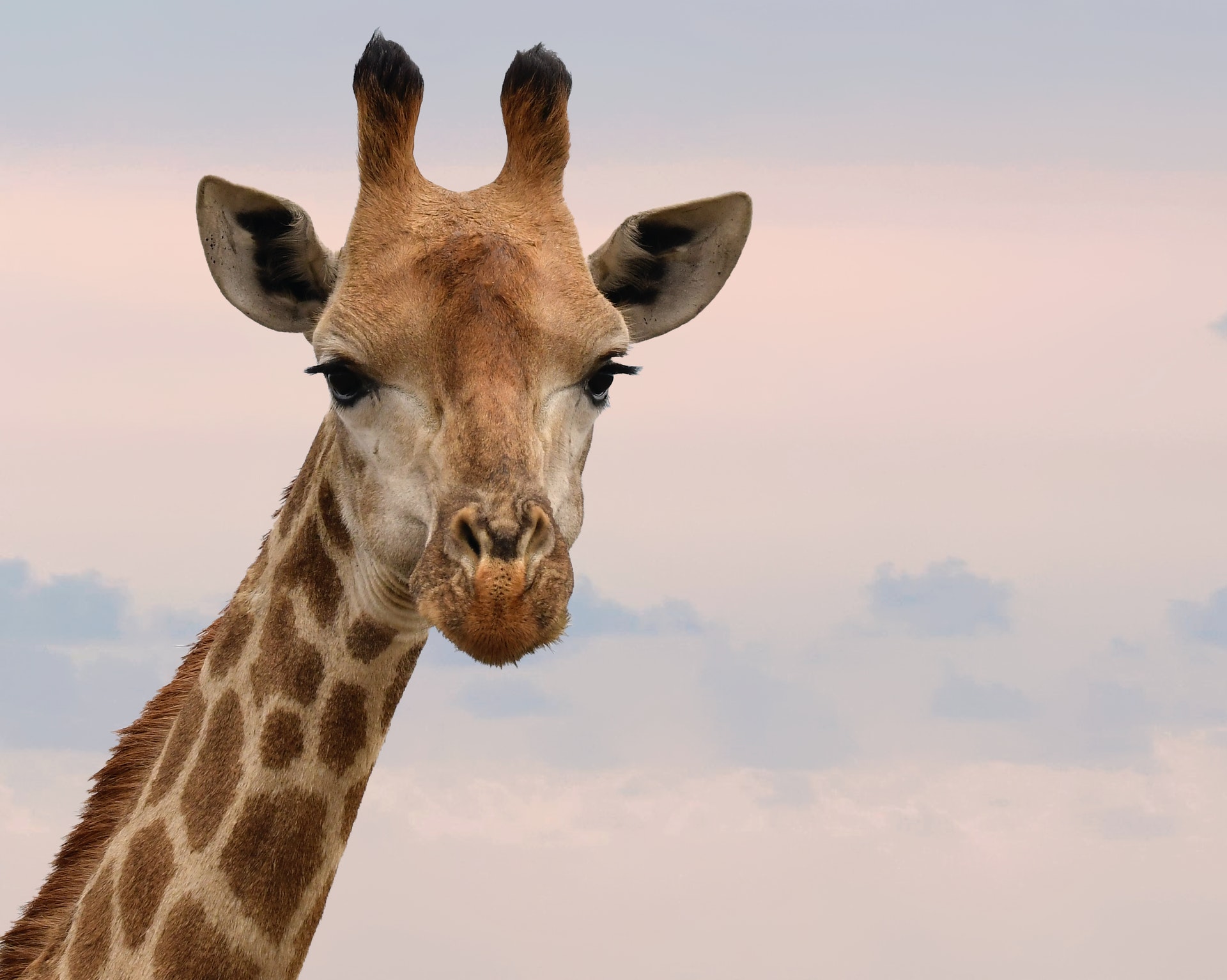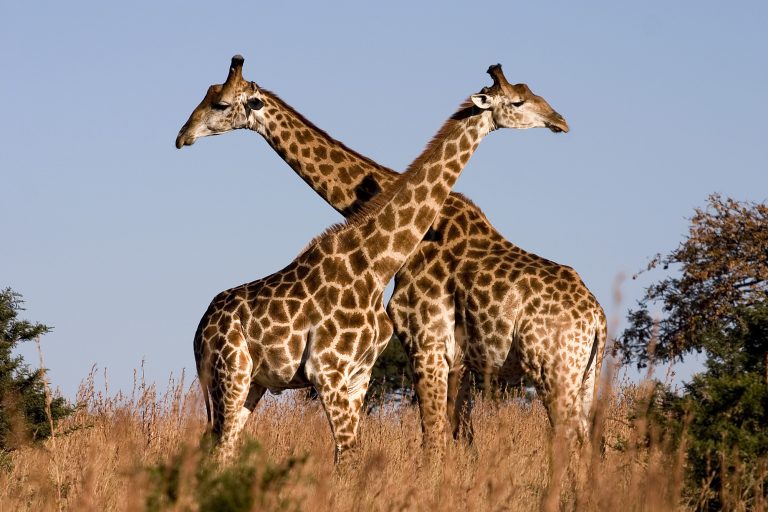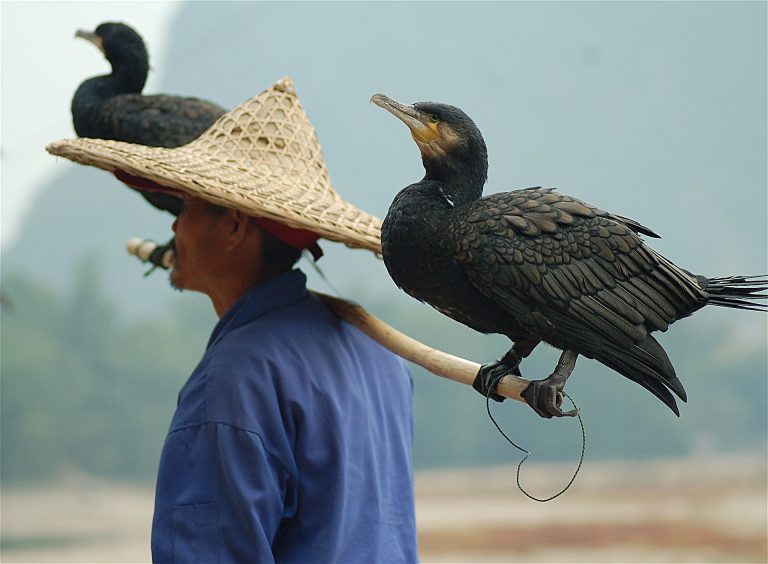Standing tall at around 18 feet from head to hoof, the giraffe is an iconic symbol of Africa’s diverse wildlife, joining the likes of the African elephant, lion, hippo and rhino etc. One can easily picture this towering animal trotting along the savanna, or slowly feasting its way through tall trees.
Unfortunately, much like other savanna natives, the giraffe is facing dire threat, with their numbers dwindling to dangerous levels. While the giraffe’s cultural status is elevated, a gap is created which leaves many unaware of its plight.
Giraffes in decline
The giraffe was listed as “Vulnerable” in the International Union for Conservation of Nature (IUCN) Red List of Threatened Species in 2016 – falling from its “Near Threatened” status. Even if other animals suffer far worse, we should not take this lightly.
Due to the universal love of this gentle giant, many have a warped perception of their existence. Few would guess, for instance, that in France alone, the number of Sophie the Giraffe toys sold in one year was eight times the number of living giraffes in the world; or that BBC’s video clip of a giraffe kicking a lion enjoyed over 100 times more views than there are giraffes.

According to executive director of the Giraffe Conservation Foundation (GCF) in Namibia, Julian Fennessy, between the 151,000 and 163,000 giraffes recorded in 1985, the population dropped drastically to 97,562 in 2015, he told abc News.
Success
You are now signed up for our newsletter
Success
Check your email to complete sign up
READ MORE:
As reported by experts at Elephant Without Borders, there are currently less than 300 West African giraffes – a subspecies of giraffe – left in Niger, while there are less than 700 Rothschild’s giraffes between Uganda and Kenya.
In 2019, the Masai giraffe was declared “Endangered,” inching closer to the “Extinct” status.
One might guess that the threat to the giraffe is linked to poaching – a fate suffered by numerous animal species in the African savanna.
While elephants are hunted for their ivory tusks and rhinos for their keratin horns, the Congolese treasure giraffe tails as a symbol of status in certain communities. According to Leon Lamprecht, joint operations director for African Parks, said that the giraffe tail is used “as a dowry to the bride’s father” for approval of marriage.
A lawsuit against the U.S. Fish and Wildlife Service in 2020 states that trophy hunters have imported 3,744 giraffe hunting trophies and parts – ranging from the skin and bones – between 2006 and 2015.
However, while poaching is the usual suspect, experts warn that it is not the main cause of decline. Fennessy said that giraffes are facing what he calls a “silent extinction.”
According to some experts, the biggest factor in the decline is the expansion of the human population and the destruction of their homes. As our population grows, we naturally clash with the wildlife.
Such developments in human growth has unfortunately affected the giraffe and their environment, with urban noise, irrigation, and agriculture and livestock depriving the animals of much-needed resources.
According to Symon Masiaine, leader of a rescue team dubbed Twiga Walinzi, or “Giraffe Guards,” humans have cut down trees, which the giraffes need to eat from. Livestock and guard animals like dogs have also disturbed and driven them away, while fences and roads cut migration routes.
The expansion of Uganda’s oil and gas ambitions has also threatened the population and its habitat around the Murchison Falls National Park, a report said.
Using maps of different time periods, researcher David O’Connor, at San Diego Zoo Global, found a significant pattern in the decrease in giraffe territory with current and future developments.
Due to human interference, giraffes are said to be unable to adapt, with Kenya’s temperatures expected to rise by around 2 degrees Celsius by 2060. Climate change would also affect the animals’ immune systems, making them more vulnerable to disease, veterinary fellow Maureen Kamau said.

Saving the giraffes
Efforts are already underway to help save the giraffes, with education, control over expansion, reforestation and more, as possible solutions to preserve the species as a whole.
Rangers are continuing to watch over wildlife preserves, keeping an eye out for illegal poachers and other threats to giraffes throughout the savannas. Rescue teams of veterinarians and other medical professionals have conducted operations to monitor and heal injured or sick giraffes.
All these efforts seem to have contributed to some optimistic progress. As of January 2022, data shows that giraffe numbers are 20 percent higher than in 2015. Now, there are around 117,000 giraffes in the wild. Where there were once fewer than 50 Western African giraffes, there are now more than 600 individuals living in Niger alone.
GCF co-director Stephanie Fennessy attributed the increase in numbers to the improvement of survey methods in collecting more data on the animals. Cooperation with African countries has also helped in the conservation of the giraffe.
While giraffes were once hunted as a food source for villagers in countries like Kenya; once educated, the residents began to value the animal for other reasons and became some of their greatest protectors.













